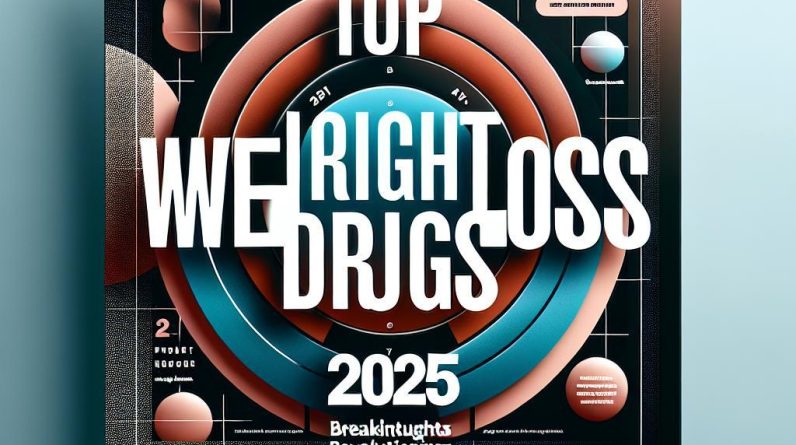Photo By: , Source, CC
Over the past decade, GLP-1 receptor agonists have revolutionized the management of type 2 diabetes and obesity. Among these,Ozempic and semaglutide have gained significant attention due to their efficacy and safety profiles. As we look towards 2025, new research and clinical developments are shaping the future landscape of these therapeutics. This article explores the emerging insights and potential trends that will influence their use in the coming years.
1. enhanced pharmacological profiles
Researchers are working on next-generation formulations of GLP-1 receptor agonists to improve efficacy, duration of action, and patient adherence. Innovations include longer-acting formulations that require less frequent dosing,potentially onc monthly or even less frequently enough,making treatment more convenient.
2. Broader Therapeutic Applications
Beyond managing blood sugar, GLP-1 receptor agonists are increasingly being studied for weight management, cardiovascular risk reduction, and neuroprotective effects. By 2025,we may see these drugs gaining approval for additional indications,expanding their therapeutic scope.
3. Personalized Medicine Approaches
Advances in genomics and biomarker research are paving the way for more personalized treatment strategies. Tailoring GLP-1 receptor agonist therapy based on genetic profiles and individual response may optimize outcomes and minimize side effects.
4. Impact of New Formulations and Delivery Systems
Innovations in drug delivery, including oral formulations of semaglutide and implantable devices, are under growth. These will likely enhance patient comfort and adherence, making treatment more seamless.
5. Market Dynamics and Regulatory landscape
the commercial landscape is evolving with the entry of biosimilars and competition among pharmaceutical companies.regulatory agencies are also adapting to accelerated approval pathways for innovative GLP-1 therapies, possibly influencing availability and pricing by 2025.
6. Ongoing Clinical Trials and Future Evidence
Numerous clinical trials are underway evaluating the long-term safety, cardiovascular benefits, and neuroprotective effects of GLP-1 receptor agonists. The results of these studies will shape clinical guidelines and prescribing practices in the near future.
the landscape of GLP-1 receptor agonists like Ozempic and semaglutide is expected to evolve significantly by 2025, driven by scientific innovation, expanding indications, and improved delivery methods. Staying abreast of these developments will be critical for clinicians,researchers,and patients alike.



